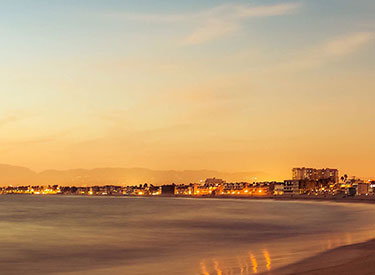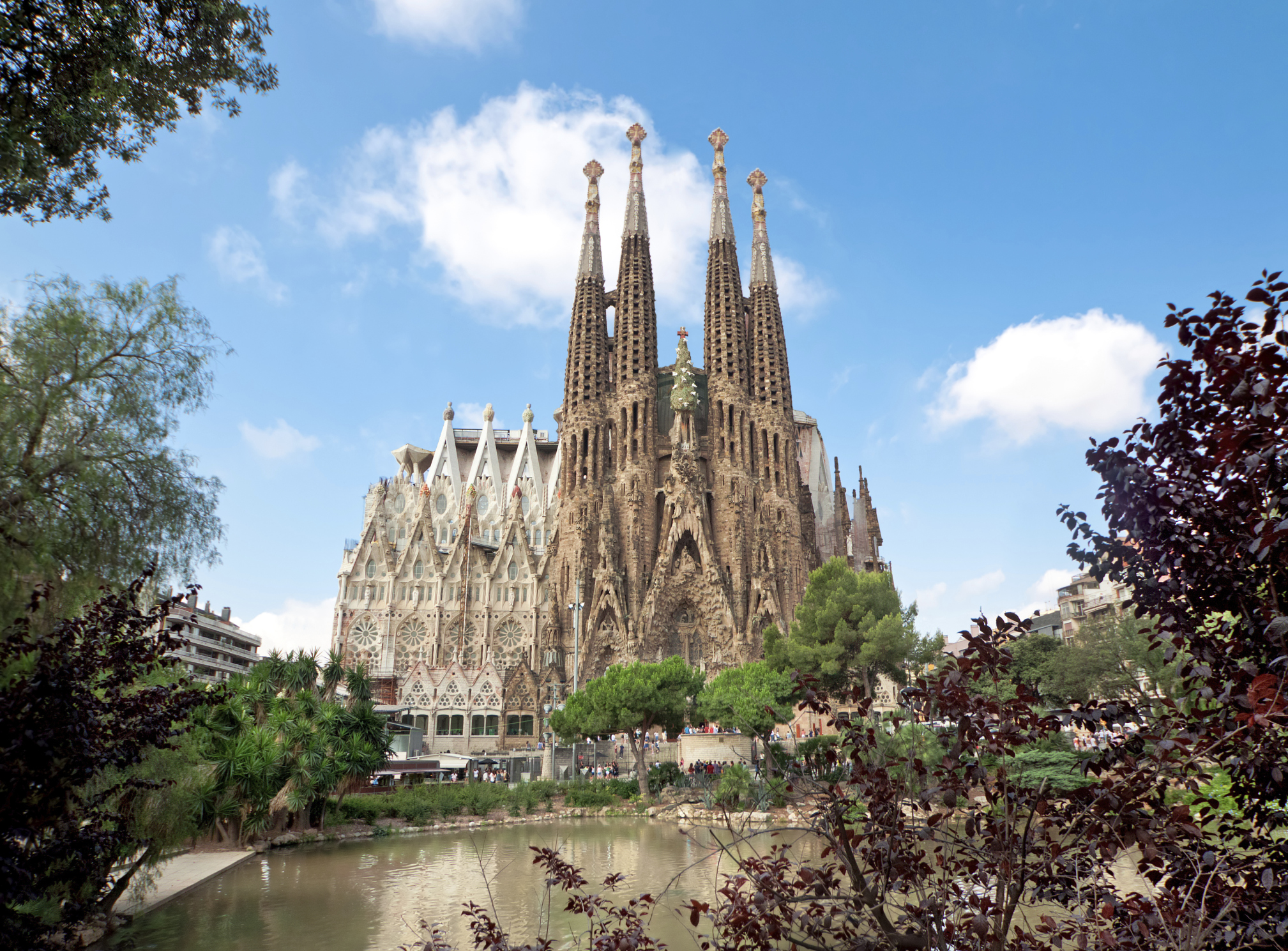


Antoni Gaudi was an architectural visionary, avoiding straight lines in favour of the curvaceous shapes found in nature. His contribution to Art Nouveau shaped Barcelona’s skyline and his piece de resistance, the Sagrada Familia, remains the country’s most visited landmark. Contact your personal travel manager to ensure your break in Barcelona includes Gaudi’s masterpieces.
Gaudi was a devout Catholic and saw the commission to design the Sagrada Familia as his divine mission. Despite never completing the Catalonian church, he devoted his life to the project and was buried in the crypt. Ten years after his death in 1936, anarchists destroyed Gaudi’s blueprints for the basilica and a degree of guesswork has had to be implemented in completing the outstanding construction.
Despite whether or not the creation is an accurate representation of Gaudi’s design, the result is breathtaking. The pillars of varying stone and colour swell to represent the peculiar peaks of Montserrat, with the upper sections mosaicked in broken tiles, a technique pioneered by Gaudi.
The pillars sprout branches near their apex to create the effect of a forest canopy, an image reinforced by installing irregularly speckled skylights. Adhering to the prevalent theme of nature, sculptures were encrusted into the exterior stonewall, appearing as naturally occurring stalagmites.
The nativity façade was finished during Gaudi’s lifetime and is deemed as the artistic pinnacle of the building. Some of the towers are accessible via spiral staircases, providing unhindered views across Barcelona. Children under 10 get in for free, as long as they can stomach the initial queue.
Twenty minutes walk from the Sagrada Famillia is the Casa Batllo, a weird and wonderful building even by Gaudi’s standards. Dubbed the “house of bones”, the residence was designed to resemble the cross section of a dragon. The balconies hold skeletal qualities, jutting out and interlinking with each other. The exterior is mosaicked to appear as scales, gradually changing hue with elevation. The roof is arched in representation of a curved spine and the turret depicts the sword of Saint George, sticking out the slain beast.
Two floors have been converted into a museum, allowing tourists to marvel at the undulating stonework and explosive colours hidden within.
Park Guell, in the north of the city, is Gaudi’s contribution to the garden city movement. Count Eusebi Guell bought the hillside in 1900, with the vision of creating a community exclusively for the wealthy. Despite the Catalonian entrepreneur commissioning Antoni Gaudi to design the garden complex, the business venture failed and was discontinued in 1914.
During the enterprise’s brief lifespan, Gaudi designed two gatehouses, a plaza and three kilometres of winding paths. The two gatehouses are instantly recognisable as Gaudi creations, with exquisitely mosaicked roofs and typically asymmetric silhouettes.
Only two houses were built and ironically Gaudi designed neither of them, however he was pressured into buying one. The house where Gaudi lived for 20 years is now a museum dedicated to his memory and showcases his achievements in furniture design.
Admission into the park is free and can be accessed from the Metro stop Lesseps, alternatively the number 24 bus stops outside the entrance.
Begin planning your itinerary with your local, personal travel manager. Visit http://www.travelmanagers.com.au/ptm-search/